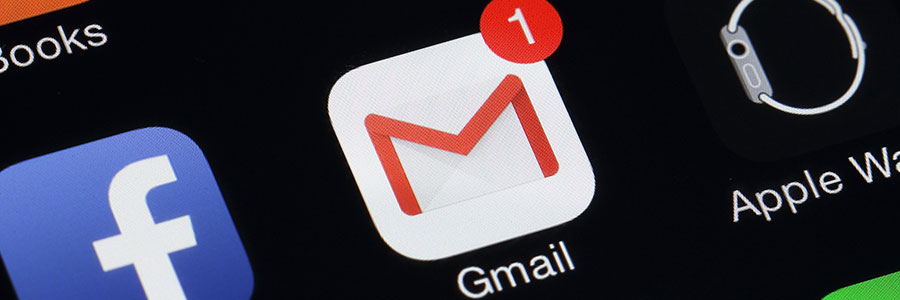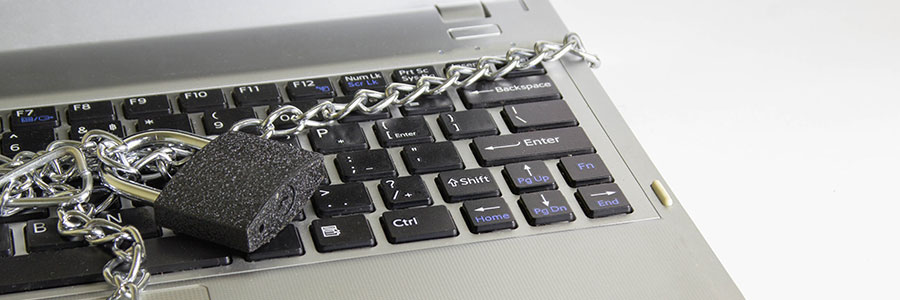Microsoft has created new security features for Windows 10 users. This update is a response to the global outbreak of ransomware attacks such as WannaCry and Petya. While this patch shouldn’t be a substitute for antivirus software and data backups, Microsoft does think its new features can help people defend against current and future threats.
Microsoft’s protection plan for Windows 10
How does virtualization improve business?
Worrying evidence of poor router security
New anti-phishing features for Gmail

Over the years phishing -- a social engineering attack that uses seemingly innocuous emails to trick victims into giving away personal information or clicking a malicious link -- has grown in sophistication and scale. In order to put a stop to these scams, Google has made some security enhancements for Gmail.
PC fixes are a drain on your company’s budget

Security professionals should be beefing up your network security, implementing advanced firewall software, and identifying risks for possible breaches. In reality, they spend a huge chunk of their time troubleshooting issues on individual personal computers (PCs). That workflow is not ideal, but that’s what normally happens in many organizations.
Precautions against WannaCry ransomware

The WannaCry ransomware, a type of malware that encrypts a victim’s files and extorts them for money, has already affected thousands of machines worldwide. Unfortunately, the success of this attack is just the beginning. According to security researchers, other hackers will probably develop stronger WannaCry variants in the coming months.
Office 365 receives security upgrades
Cloud security: everything you need to know

Cloud technology is becoming more pervasive every day. Some reports claim that almost 90% of businesses will utilize some form of the technology in 2017. But somehow myths about its lack of security remain. From cloud-based software to data storage, we believe cloud security is swiftly becoming better than that of local area networks.







